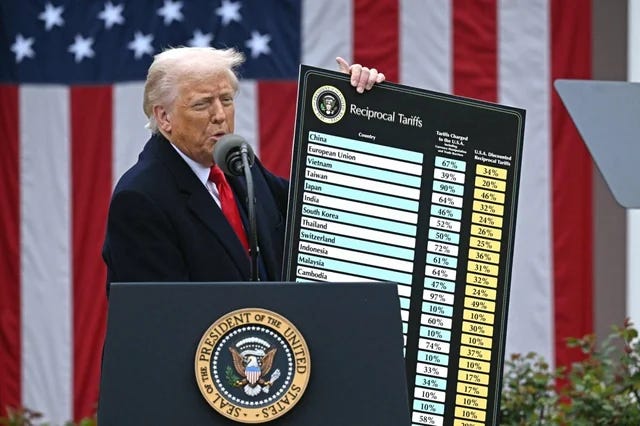President Trump's 25% Tariff on Japan and South Korea
In a striking escalation of trade policy, President Donald Trump recently declared a 25% tariff on all imports from Japan and South Korea, two of America's staunchest allies and vital trading partners.
Announced on July 7, 2025, via Truth Social and formalized in letters to the leaders of these nations, the tariffs are slated to take effect on August 1, 2025.
This move follows a period of fluctuating U.S. trade strategies, including a notable retreat from tariffs on Chinese goods in sectors like chips, computers, and smartphones. The policy shift has ignited debate over its timing, execution, and broader implications—ranging from lost negotiating leverage to economic fallout and international retaliation.
The Tariff Announcement: Context and Scope
President Trump’s decision to impose a 25% tariff on Japan and South Korea marks a bold pivot in U.S. trade policy. In his announcement, Trump cited persistent trade imbalances and alleged unfair practices, framing the tariffs as a corrective measure.
The policy targets two economic powerhouses: Japan, the fifth-largest supplier of U.S. imports with $148 billion in goods in 2024, and South Korea, a top-ten trading partner. Affected sectors include automobiles, electronics, steel, and pharmaceuticals—industries critical to both nations’ economies and U.S. supply chains.
The tariffs were accompanied by a stern warning: any retaliatory measures from Japan or South Korea would trigger additional tariff hikes proportional to their response. This rhetoric echoes Trump’s broader trade strategy, which also saw tariff threats issued to 12 other countries in July 2025, each with rates tailored to their trade dynamics with the U.S. However, the focus on Japan and South Korea—key allies in Asia—has raised eyebrows, given their strategic importance in countering China and North Korea.
Keep reading with a 7-day free trial
Subscribe to Lawfare to keep reading this post and get 7 days of free access to the full post archives.




